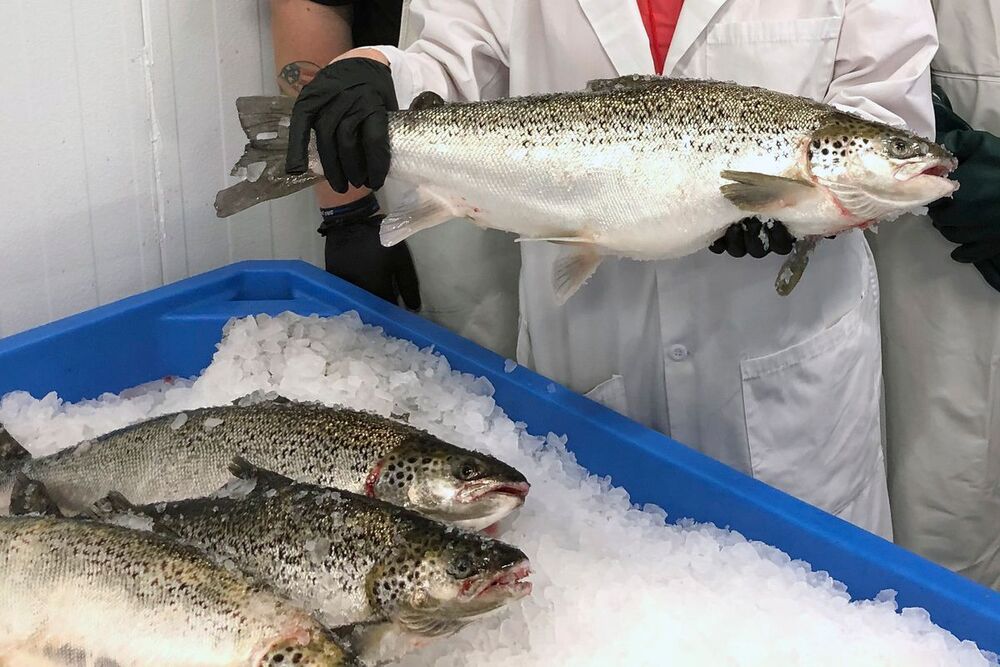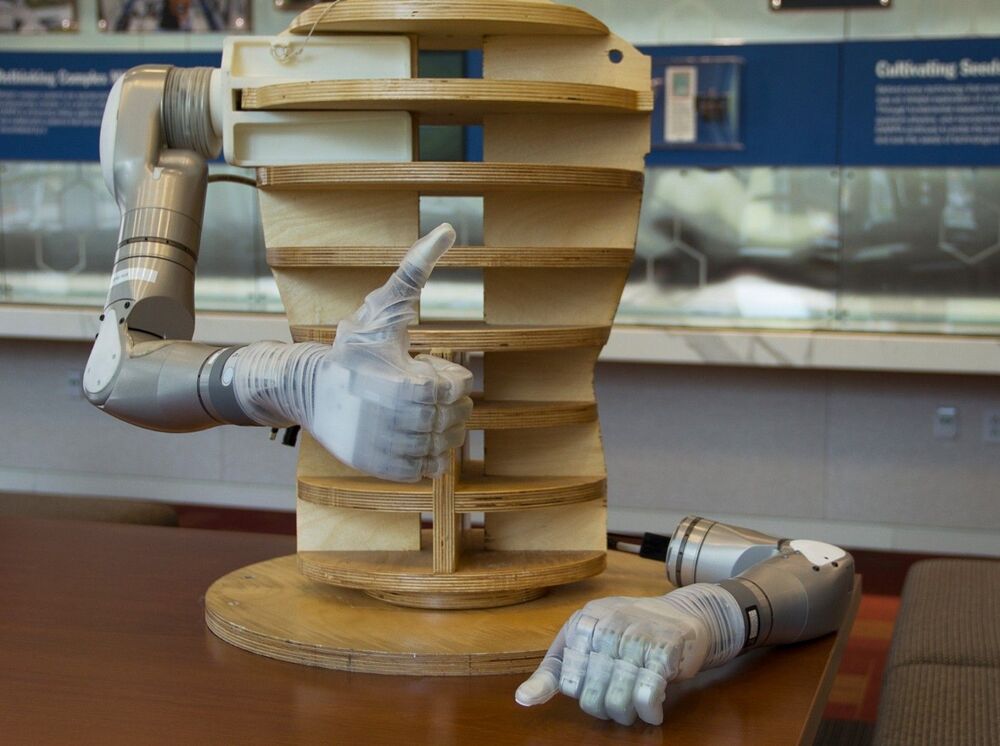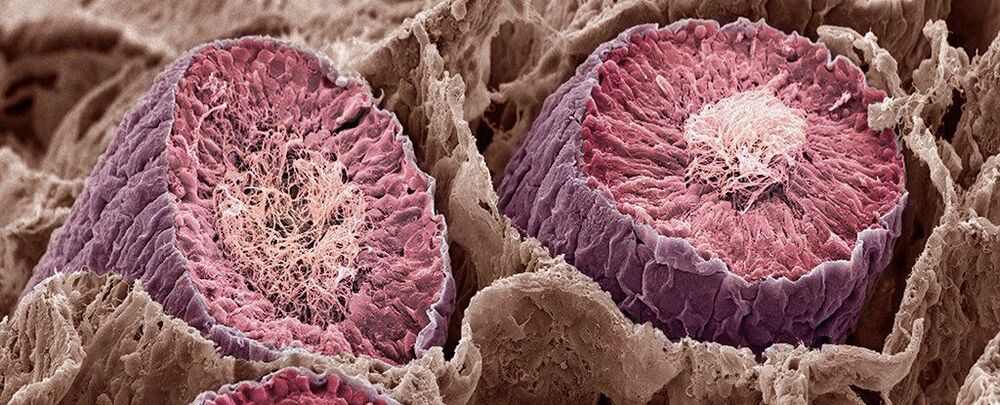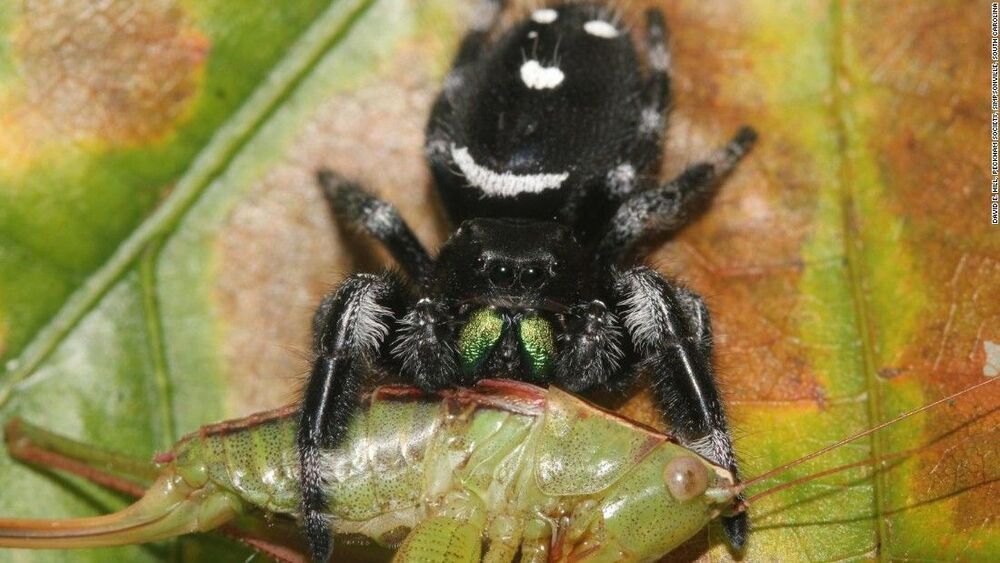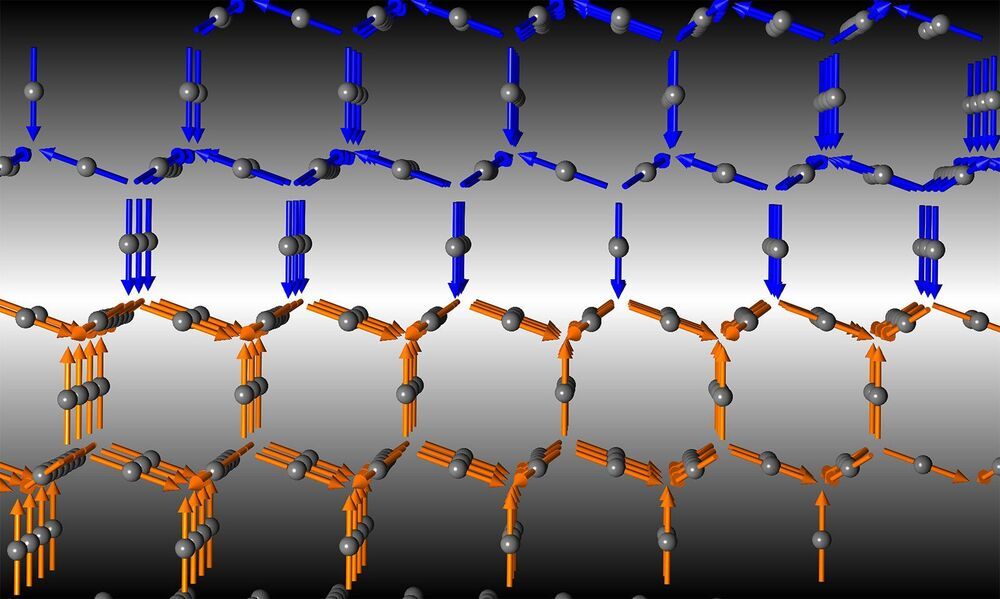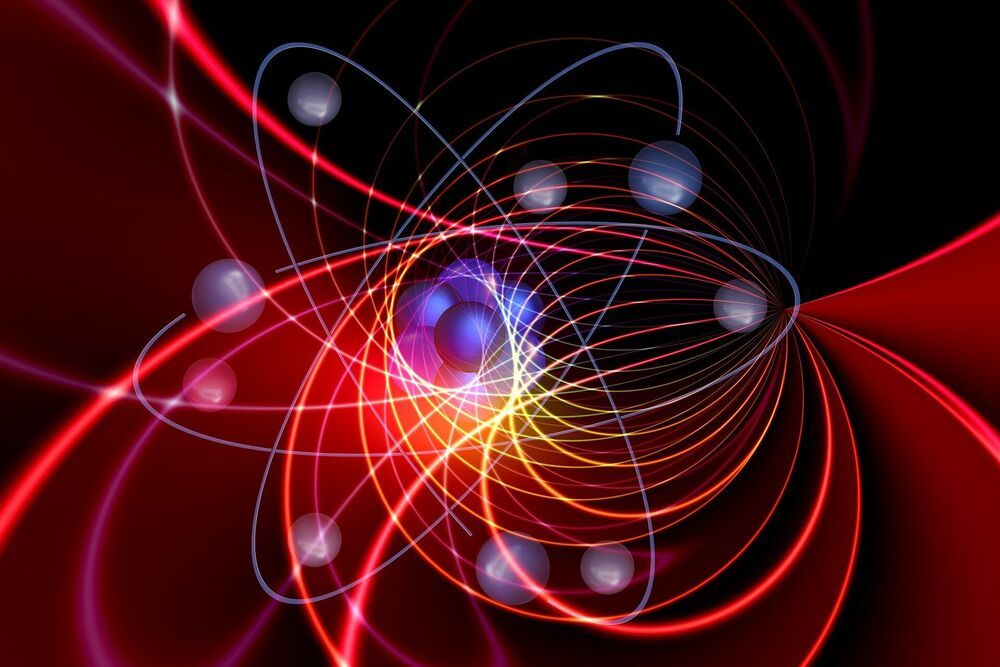AquaBounty Technologies Inc. will initially send salmon to restaurants and away-from-home dining services where labeling as genetically engineered is not required, company CEO Sylvia Wulf said.
The Perseverance rover began a two-year mission to collect Martian soil samples this year. It’s the first of three missions, jointly sponsored by NASA and ESA, aiming to bring Martian soil back to Earth in hopes of finding evidence of past life. The total costs of the missions will likely exceed more than $9 billion.
MORE SO EXPENSIVE VIDEOS:
Why Japanese Eel Is So Expensive.
Why Black Opal Is So Expensive.
Why Ceylon Cinnamon Is So Expensive.
The Tsimane, an indigenous people who live in the Bolivian peripheries of the Amazon rainforest, lead lives that are very different to ours. They seem to be much healthier for it.
This tribal and largely isolated population of forager-horticulturalists still lives today by traditional ways of farming, hunting, gathering, and fishing – continuing the practices of their ancestors, established in a time long before industrialization and urbanization transformed most of the world.
For the Tsimane, the advantages are considerable. A study published in 2017 found that they effectively have the healthiest hearts in the world, with the lowest reported levels of coronary artery disease of any population ever recorded.
The White House recently announced its vision for an Advanced Research Projects Agency for Health, or ARPA-H. RAND researchers explain what it might take to ens… See More.
DARPA also maintains an extremely high tolerance for failure. The modest budgets of the NIH, combined with an enormous pool of applicants, force these institutions to bet on low-risk research that guarantees incremental progress. ARPA-H could take a different approach than NIH by accepting a much higher tolerance for failure, so that researchers are not discouraged from dreaming big.
The scientific methods behind the products of ARPA-H might gain public trust if the agency made a point of being transparent and accessible. Consider how the rapid development of the COVID-19 vaccine was met with incredulity and suspicion, slowing progress toward herd immunity. An investment in ARPA-H could accelerate the time it takes to get innovative ideas from “bench to bedside,” but it could benefit from informing the public about incremental advancements in a way that is easy to understand.
The president’s vision for ARPA-H could help get more medical treatments to market sooner. Building on lessons from DARPA and NIH, the proposed health agency has the potential to pursue the kind of high-risk research that can lead to high-reward results.
Erika Woodrum/HHMI/NatureTwo tiny arrays of implanted electrodes relayed information from the brain area that controls the hands and arms to an algorithm, which translated it into letters that appeared on a screen.
The next time you see a spider crawling around your house, look at the bright side. It’s probably feasting on a bunch of other insects and providing you with free pest control.
A new study released on Tuesday says that spiders eat an estimated 400 to 800 million metric tons of insects every year.
For comparison, the entire human population consumes about 400 million tons of meat and fish every year.
Like all metals, silver, copper, and gold are conductors. Electrons flow across them, carrying heat and electricity. While gold is a good conductor under any conditions, some materials have the property of behaving like metal conductors only if temperatures are high enough; at low temperatures, they act like insulators and do not do a good job of carrying electricity. In other words, these unusual materials go from acting like a chunk of gold to acting like a piece of wood as temperatures are lowered. Physicists have developed theories to explain this so-called metal-insulator transition, but the mechanisms behind the transitions are not always clear.
“In some cases, it is not easy to predict whether a material is a metal or an insulator,” explains Caltech visiting associate Yejun Feng of the Okinawa Institute for Science and Technology Graduate University. “Metals are always good conductors no matter what, but some other so-called apparent metals are insulators for reasons that are not well understood.” Feng has puzzled over this question for at least five years; others on his team, such as collaborator David Mandrus at the University of Tennessee, have thought about the problem for more than two decades.
Now, a new study from Feng and colleagues, published in Nature Communications, offers the cleanest experimental proof yet of a metal-insulator transition theory proposed 70 years ago by physicist John Slater. According to that theory, magnetism, which results when the so-called “spins” of electrons in a material are organized in an orderly fashion, can solely drive the metal-insulator transition; in other previous experiments, changes in the lattice structure of a material or electron interactions based on their charges have been deemed responsible.
With the massive proliferation of data-heavy services, including high-resolution video streaming and conferencing, cloud services infrastructure growth in 2021 is expected to reach a 27% CAGR. Consequently, while 400 gigabit ethernet (GbE) is currently enjoying widespread deployment, 800 GbE is poised to rapidly follow to address these bandwidth demands.
One approach to 800 GbE is to install eight 100 gigabit per second (Gbps) optical interfaces or lanes. As an alternative to reduce the hardware count, increase reliability, and lower cost, a team of researchers at Lumentum developed an optical solution that uses four 200 Gbps wavelength lanes to reach 800 GbE.
Syunya Yamauchi, a principal optical engineer at Lumentum, will present the optimized design during a session at the Optical Fiber Communication Conference and Exhibition (OFC), being held virtually from 06–11 June, 2021.
The world is one step closer to ultimately secure conference calls, thanks to a collaboration between Quantum Communications Hub researchers and their German colleagues, enabling a quantum-secure conversation to take place between four parties simultaneously.
The demonstration, led by Hub researchers based at Heriot-Watt University and published in Science Advances, is a timely advance, given the global reliance on remote collaborative working, including conference calls, since the start of the C19 pandemic.
There have been reports of significant escalation of cyber-attacks on popular teleconferencing platforms in the last year. This advance in quantum secured communications could lead to conference calls with inherent unhackable security measures, underpinned by the principles of quantum physics.
